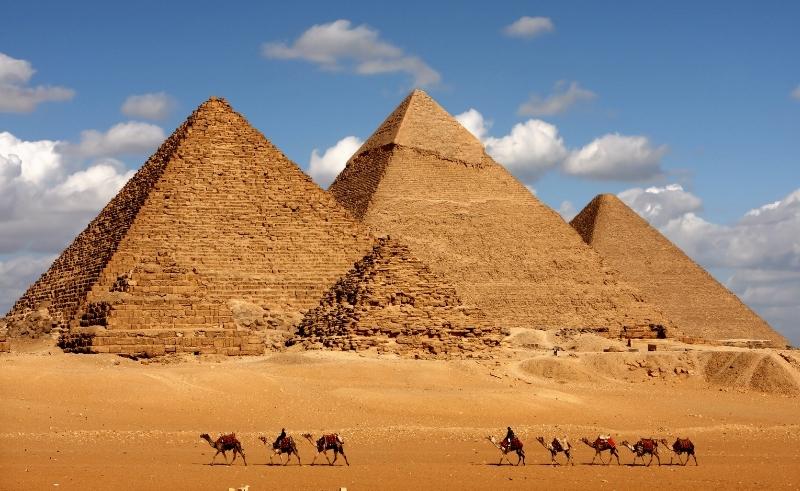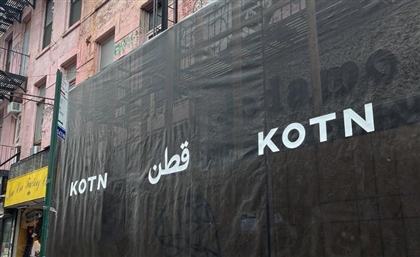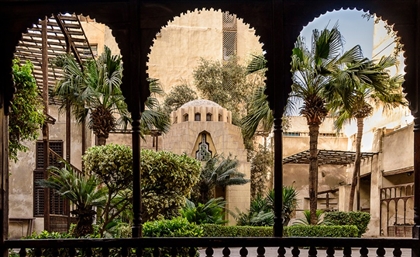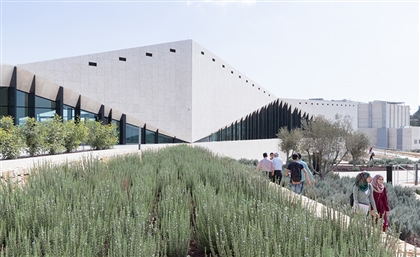Cosmic Rays May Unveil the Hidden Chambers of the Khufu Pyramid
Through High Energy Physics (HIP), a team of Egyptologists from several Egyptian and US universities are harnessing cosmic rays to peer into the inner chambers of the Pyramid of Khufu.

Since it was built in the 26th century BC, few people have witnessed the inner chambers of the Pyramid of Khufu in Giza. Between the construction workers, the grave robbers and the historians, it’s not really something you can put a number on. For Egyptologists, who consider the Khufu Pyramid the most well-preserved of the Giza Pyramids and strive to preserve this national icon as much as possible, examining the inner chambers through conventional means would require a sacreligious excavation that would risk damaging it. So they’re calling upon a more primordial source to help them peer into the mysteries of the Great Pyramid.
Through High Energy Physics (HIP), a team of Egyptologists from several Egyptian and US universities - including Cairo University, the University of Chicago, and Virginia Tech University - are harnessing cosmic rays as non disruptive tech that would give them a view of the Great Pyramid like few have ever had before. Dubbed the ‘Explore the Great Pyramid mission, cosmic-ray muons will delve deeper than just mapping the Khufu pyramid’s internal structure.
The Explore the Great Pyramid mission will use muon tomography to photograph the structure’s interior and measure variations in density. In allowing scientists to detect even the smallest of structural discontinuities, the mission will ultimately answer all our questions regarding the Giza Pyramid’s construction techniques. The telescope’s relatively large size will simultaneously enable an increased resolution and fast data collection.
Cosmic rays were first used by Luiz Alvarez to examine the Pyramid of Khafre in the late 1960s. More recently, it was famously used in 2017 by the ScanPyramid project, which detected the Big Void in the Great Pyramid and revealed the dramatic differences between the two Pyramids of Giza. Although nothing was found within the void, this latest undertaking may yet unpack its mysteries.
- Previous Article Dr.Sisilove or How (Not) To Diffuse A Bomb
- Next Article Endangered Egyptian Tortoise the Size of a Coin Born in Welsh Zoo
Trending This Week
-
Apr 23, 2024
-
Apr 18, 2024
























